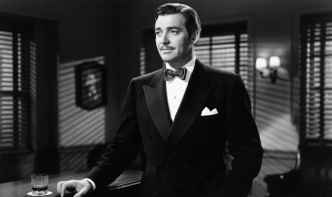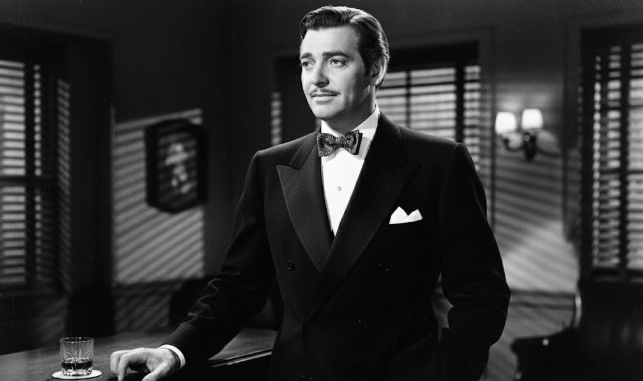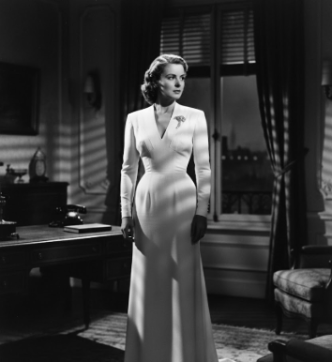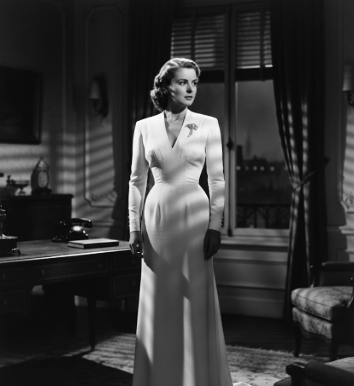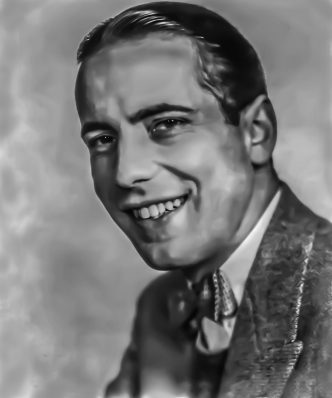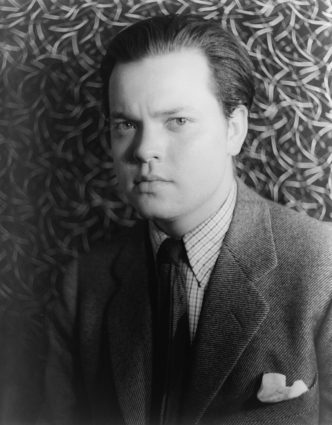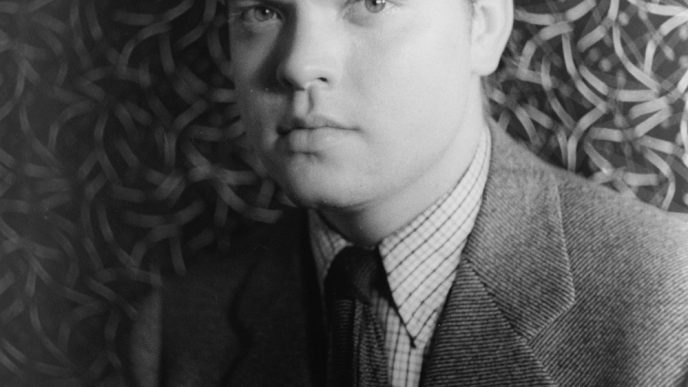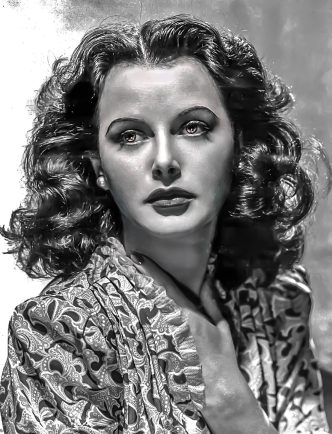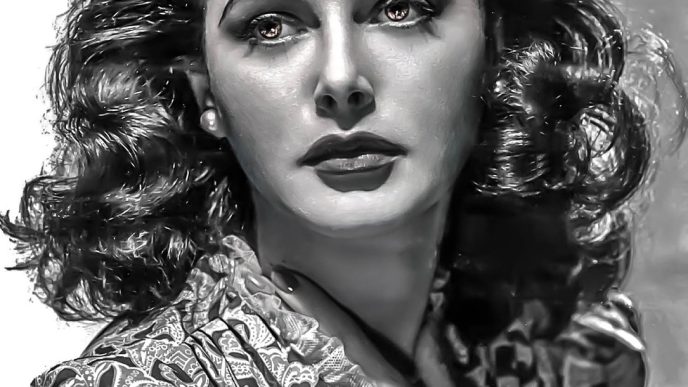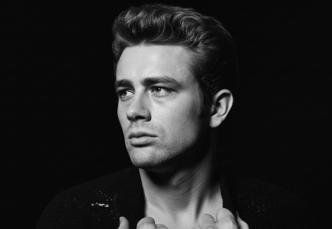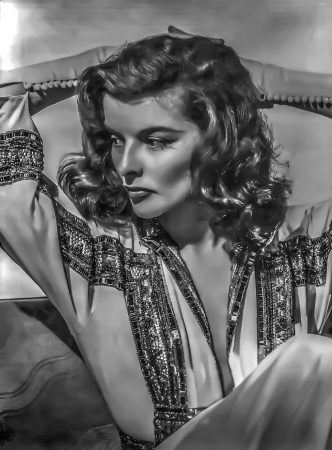For over three decades, Clark Gable was more than a movie star; he was the definitive American leading man. Nicknamed the “King of Hollywood,” he was an icon of rugged masculinity and effortless charisma who captivated audiences worldwide. In a career that spanned more than 60 films, he became one of the most bankable stars of Hollywood’s Golden Age, a “man’s man and a ladies’ man” whose magnetic persona defined an era.
From his Oscar-winning turn in It Happened One Night to his immortal performance as Rhett Butler in Gone with the Wind, Gable created a new archetype for the Hollywood hero—one that was confident, roguish, and overwhelmingly charming.
From the Oil Fields to the Silver Screen
Born William Clark Gable in Cadiz, Ohio, in 1901, his early life was marked by hardship. His mother died when he was just an infant, and he was raised by his oil-driller father and later a loving stepmother. Restless and ambitious, Gable dropped out of high school at 16 and worked a series of odd jobs, from a tire factory to the Oklahoma oil fields. At 17, after seeing a play, he was inspired to become an actor, a dream he pursued with dogged determination.
His path to stardom was not immediate. He found a mentor in acting coach Josephine Dillon, a respected theater teacher 17 years his senior, who saw his potential. She paid to have his teeth fixed, styled his hair, and trained him in posture and elocution, eventually becoming his first wife in 1924. Despite these efforts, early Hollywood screen tests were unsuccessful, with studio executives famously rejecting him because they thought his ears were too big. Gable honed his craft on the stage before landing his first speaking role in the 1931 Western The Painted Desert, which finally caught the attention of MGM.
The Reign at MGM
Once signed to MGM, Gable’s rise was meteoric. The studio cast him opposite its biggest female stars, including Greta Garbo and Joan Crawford, and his raw, masculine energy was an instant hit with Depression-era audiences. His breakout role came in Red Dust (1932), where his sizzling chemistry with Jean Harlow established him as a top leading man. His on-screen persona was that of a tough, often uneducated man with a temper, but one whose undeniable charm and sex appeal made him irresistible.
In 1934, he was reluctantly loaned out to the then-minor Columbia Pictures for a screwball comedy called It Happened One Night. The film was a smash hit, sweeping the major Academy Awards and earning Gable his only Oscar for Best Actor. The film also created a cultural phenomenon: in one scene, Gable undressed to reveal he was not wearing an undershirt, an act that reportedly caused a nationwide plummet in undershirt sales. He was now a certified superstar, a symbol of masculinity so potent it could change the nation’s fashion habits.
Rhett Butler, Carole Lombard, and the War
In 1939, Gable took on the role that would define his legacy: the cynical and charming Rhett Butler in Gone with the Wind. Initially, he was reluctant to take the part, wary of the immense expectations surrounding the beloved novel and his personal dislike for period films. However, public demand was overwhelming, and his performance became one of the most iconic in cinema history, earning him another Oscar nomination. During the film’s production, he married actress Carole Lombard, who was widely considered the great love of his life.
Tragedy struck in 1942 when Lombard was killed in a plane crash while returning from a war bond tour. Devastated, the 41-year-old Gable walked away from Hollywood and enlisted in the U.S. Army Air Forces. He served as an officer and a tail gunner on B-17 bombers, flying five combat missions over Europe and earning the Distinguished Flying Cross and Air Medal. His service made him a greater hero than ever in the eyes of his fans.
Later Career and Final Role
Gable returned to Hollywood after the war, but friends and colleagues noted that the joyous spirit of his earlier performances was largely gone. Though his career never reached its pre-war heights, he remained a major star. His final film was The Misfits (1961), written by Arthur Miller and co-starring Marilyn Monroe. His performance as an aging, anachronistic cowboy is considered one of his finest, a poignant and vulnerable turn that added new depth to his macho persona.
Tragically, Gable never saw the film’s release. Two days after the grueling production wrapped, he suffered a severe heart attack and died ten days later on November 16, 1960, at the age of 59. His death marked the end of an era, but his legacy as the undisputed “King of Hollywood” endures through his timeless films and the unforgettable charm that defined a generation

Dario Loce is the founder and editor of Celebrimous. He is a lifelong film enthusiast and the author of several locally-published books on cinema history and analysis. His passion is deconstructing the “how” and “why” of filmmaking, from the director’s vision to the editor’s cut. When not lost in a classic film, he’s usually walking through the city, replaying scenes in his mind like unfinished stories.
